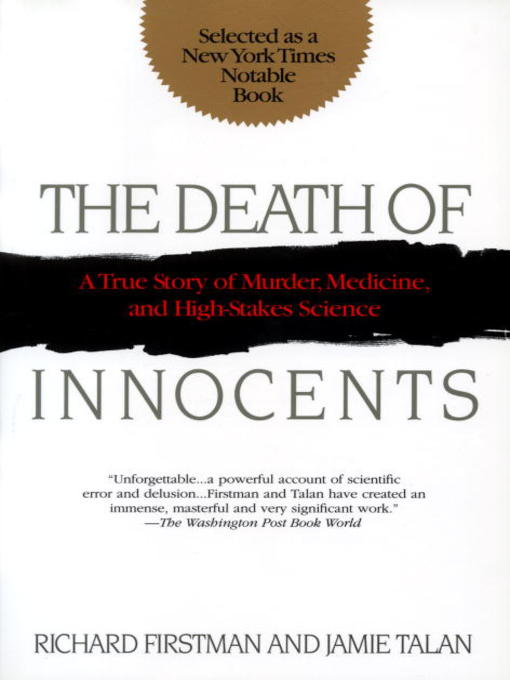Fact or Fiction: Family secrets
content
In Fact or Fiction I recommend a fiction and nonfiction book on the same topic. You're only as sick as your secrets, goes a popular saying, and that applies to families too. You can discover a family's darkest secrets in a twisty debut thriller, learn how a family's deadly secrets influenced SIDS research or both! Either way you'll find these to be riveting reads.
All Good People Here by Ashley Flowers
Six-year-old January was the sunshine, the firecracker, the glue that held the Jacobs family - mom Krissy, dad Billy, and twin brother Jace – together. When January's battered body was found in a ditch in the small town of Wakarusa, Indiana, suspicion soon fell on Krissy. Hadn't Krissy dressed January in provocative costumes for her dance classes? Wasn’t Krissy jealous of her small daughter’s success? Years later, journalist Margot Davies returns to Wakarusa to help care for the uncle who raised her. When another young girl named Natalie goes missing in a nearby town, Margot immediately thinks of January, her childhood playmate. No one was ever charged with January’s murder and Margot sees similarities in the two cases. Margot decides to dig deeper into January’s case in the hopes of finding Natalie, only to realize family secrets can be deadly. Come for the JonBenet parallels and stay for the twisty puzzle in Ashley Flower’s debut novel All Good People Here.
The Death of Innocents by Richard Firstman
 Their names were Eric, Julie, Jimmy, Molly and Noah. They were all babies, they were all the children of Waneta Hoyt, and they were all dead. “Congestive heart failure,” the bewildered doctors said about Eric. “Strangulation on rice cereal,” the doctors said for Julie. “Enlarged thymus” was the guess for 2-year-old Jimmy, but really they didn’t know – sometimes babies just die. “Crib death” it was called or the newly minted “Sudden Infant Death Syndrome.”
Their names were Eric, Julie, Jimmy, Molly and Noah. They were all babies, they were all the children of Waneta Hoyt, and they were all dead. “Congestive heart failure,” the bewildered doctors said about Eric. “Strangulation on rice cereal,” the doctors said for Julie. “Enlarged thymus” was the guess for 2-year-old Jimmy, but really they didn’t know – sometimes babies just die. “Crib death” it was called or the newly minted “Sudden Infant Death Syndrome.”
Using information gleaned from Molly and Noah, Dr. Alfred Steinschneider published a landmark paper on SIDS in 1972 that profoundly influenced the medical community for two decades. He proposed that apnea was a factor in SIDS, and that SIDS could run in families. But to prosecutors in the 1990s who stumbled upon the paper during a trial of a man accused of smothering his children, the facts in the Hoyt case didn’t add up. A toddler dying of SIDS? And all the children were alone with Waneta at the moment of death?
Was this a tragic case of familial SIDS? Or was it something far more sinister?












